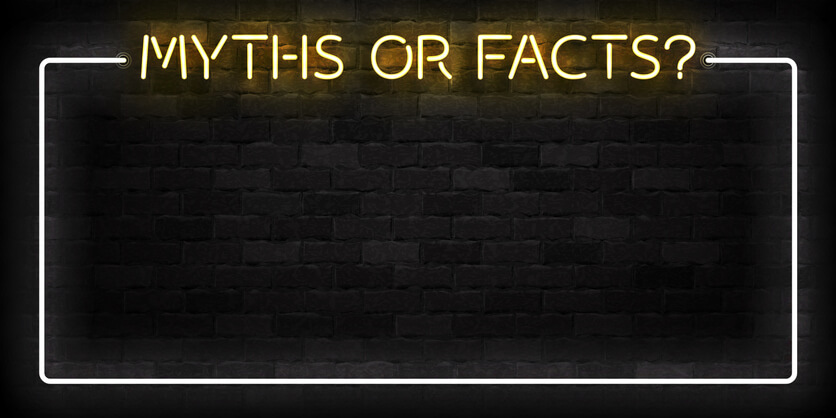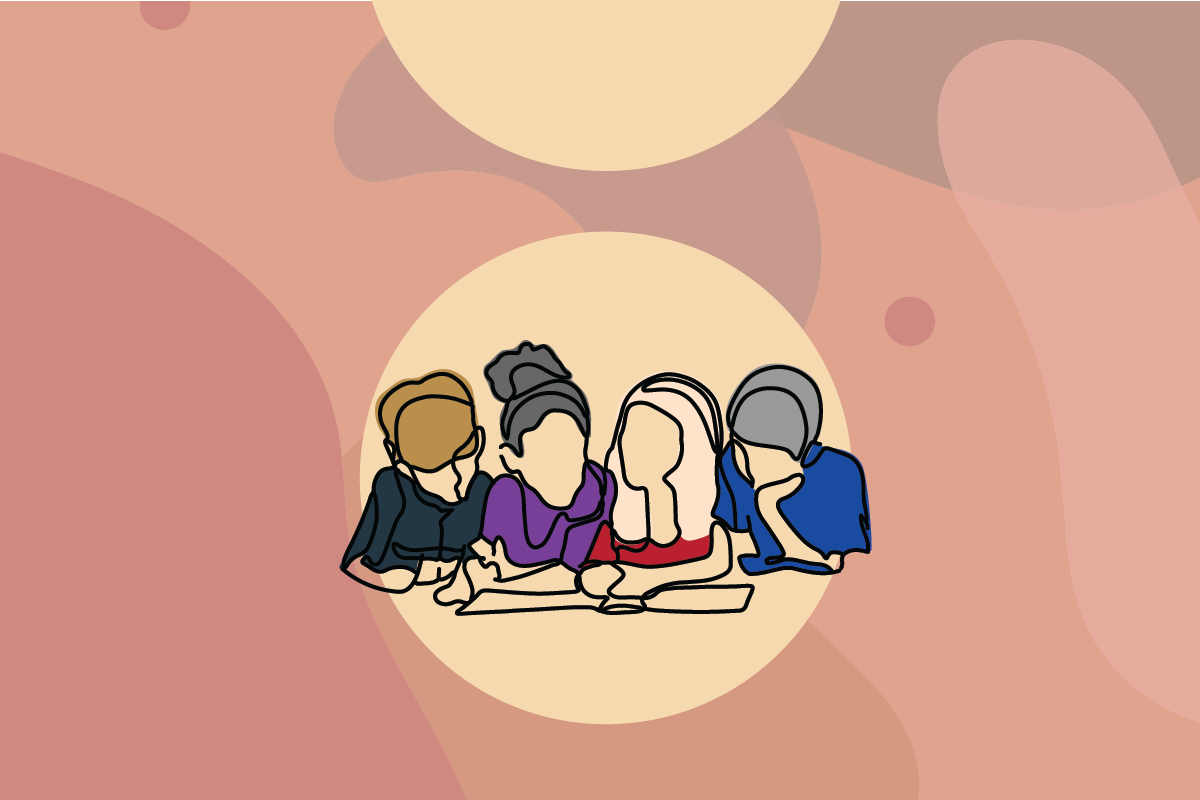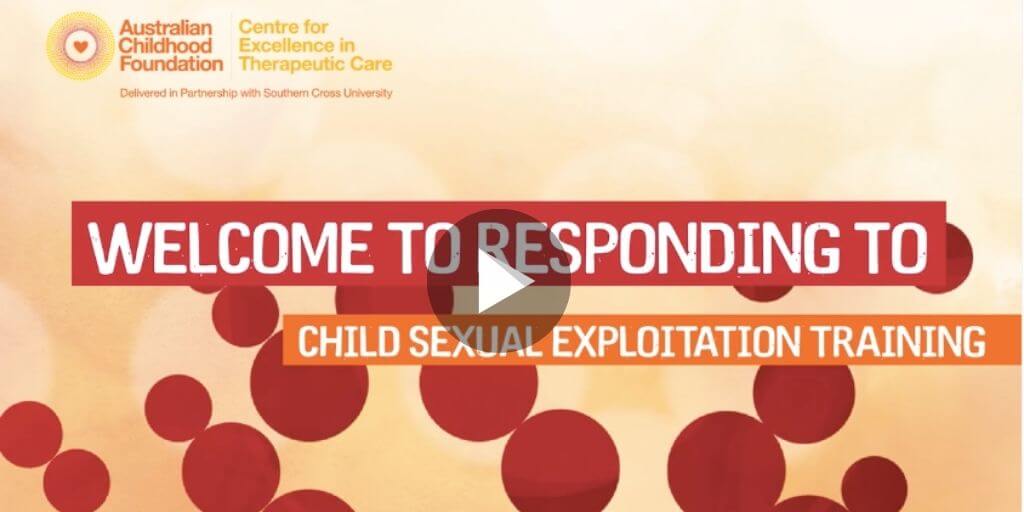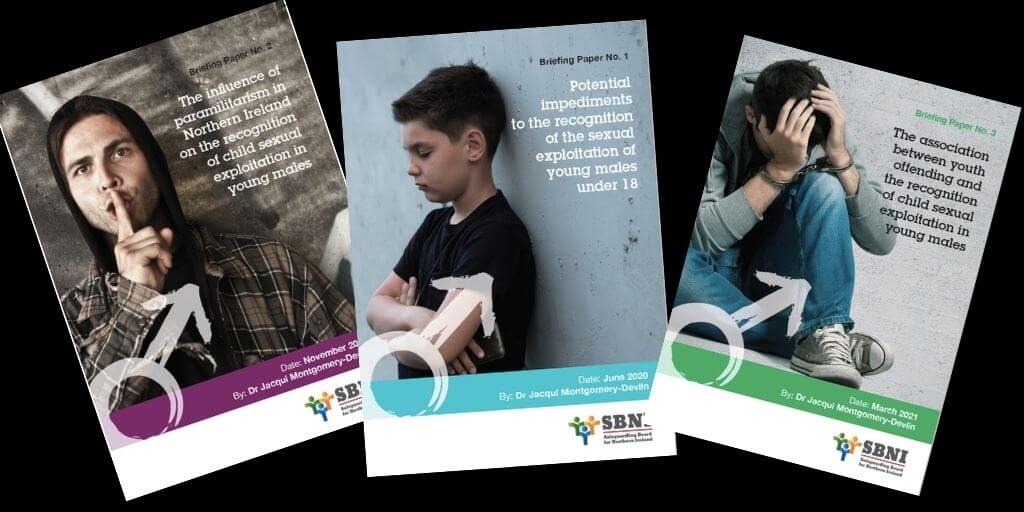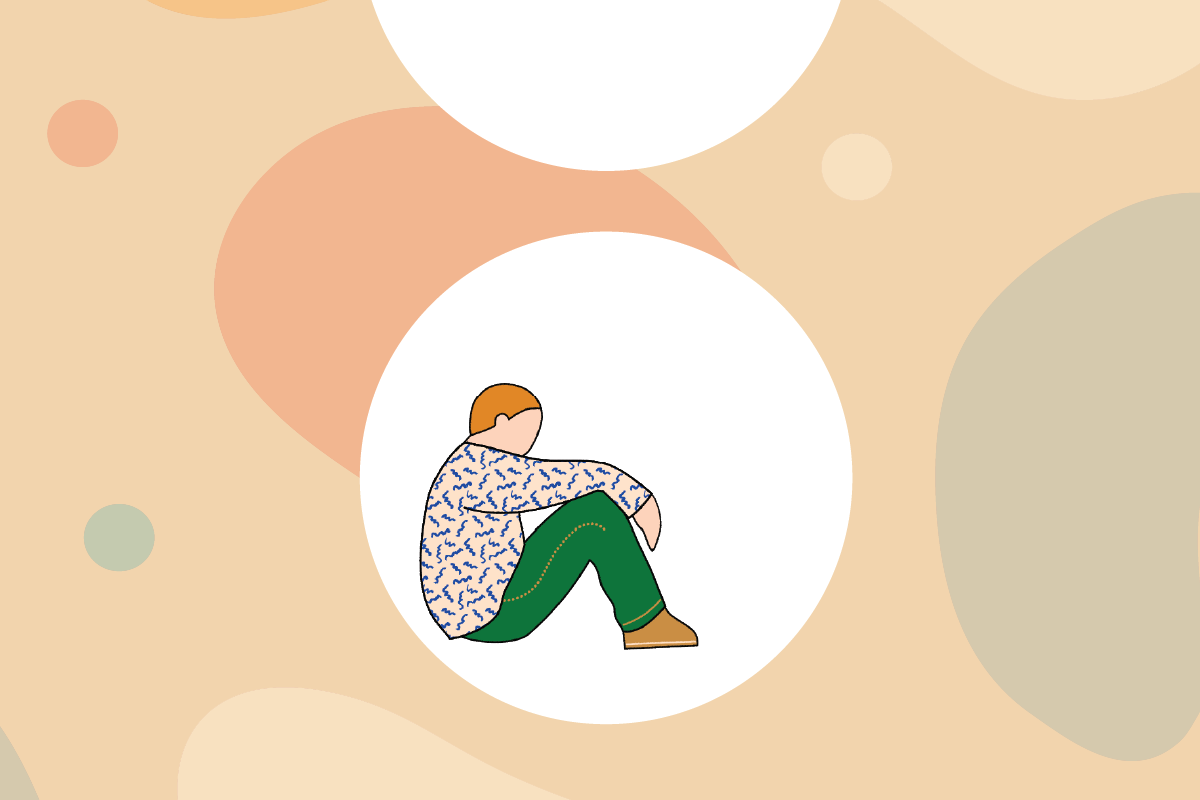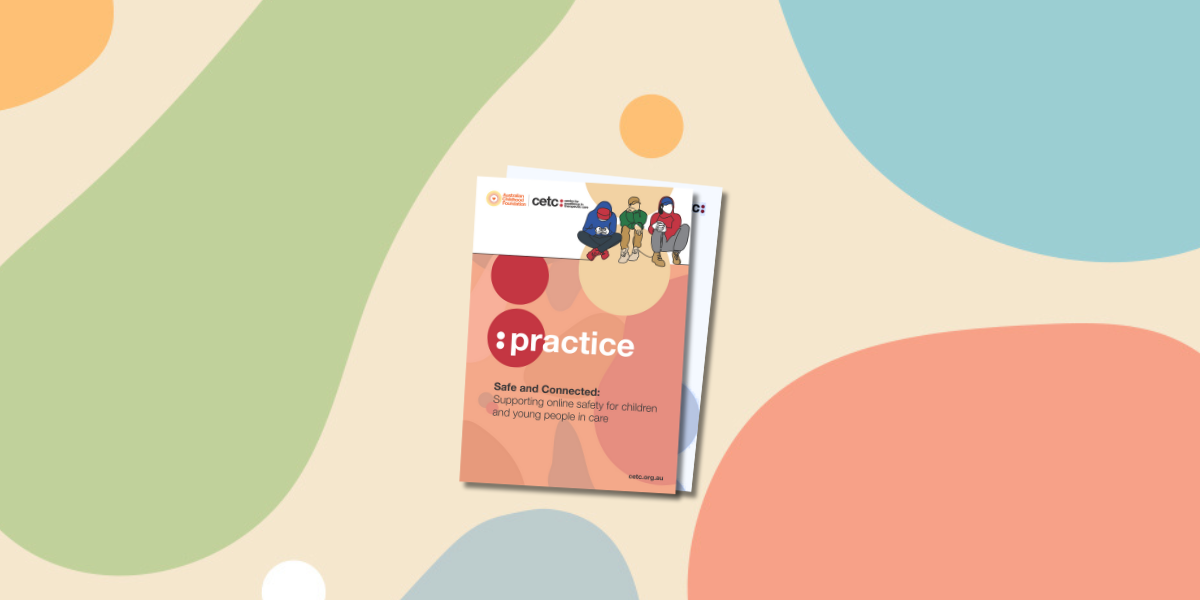Myth busting child sexual exploitation
Jun 2020
Written by Noel Macnamara
When it comes to the sexual exploitation of children, most Australians tend to view it as a problem that exists somewhere else. However, those of us working in Intensive Therapeutic Care (ITC) know that this not the case. The sexual exploitation of young people in Out of Home Care (OOHC) is an issue of significant concern. In this blog, we reflect on what we now know about young people in OOHC who are at risk of or who have experienced sexual exploitation.
What is Childhood Sexual Exploitation?
It is essential to be clear about what we are talking about when we use the term, child sexual exploitation (CSE):
CSE is a form of sexual abuse. It occurs where an individual or group take advantage of an imbalance of power to coerce, manipulate or deceive a child or young person under the age of 18 years into sexual activity:
(a) In exchange for something, the child or young person wants or needs and/or
(b) for the financial advantage or increased status of the exploiter.
The child or young person may have been sexually exploited even if the sexual activity appears consensual. CSE does not always involve physical contact; it can also occur through the use of technology.
(UK Department for Education, 2017)
Young people CANNOT consent to be abused, and they CANNOT choose to be exploited – CSE is NOT a lifestyle choice.
Reflection Points
- Are you (or your colleagues) fully aware of what CSE is?
- What else do you need to do to better understand and help these young people?
Myths around CSE
Let’s deal with some myths that surround child sexual exploitation (CSE):
Myth #1: CSE is about adults abusing children
Reality: CSE is not exclusively about adults abusing children. There is increasing concern around peer-on-peer abuse and the risks that young people face within residential settings
Myth #2: Only young women or girls are at risk of CSE
Reality: All young people can be the subject of a grooming process, whether they identify as male, female or non-gender conforming.
Myth #3: Only really vulnerable young people are sexually exploited
Reality: Young people who are sexually exploited do not always have some sort of underpinning vulnerability; looking for evidence of the ‘vulnerability’ that ‘caused’ the sexual exploitation can lead to (or collude with) victim-blaming.
Myth #4: Exploiters are not victims
Reality: Exploiters may be previous or current victims themselves.
Myth #5: Exploiters are always looking for opportunities to abuse young people
Reality: Those who seek to exploit do not always seek out opportunities to abuse vulnerable young people, they create new opportunities to abuse, and they create new vulnerabilities that did not exist before.
Myth #6: CSY only happens offline
Reality: CSE can take place online and offline, or both. Online offenders can also groom and exploit exclusively online without any intention of ever meeting the young person.
Myth #7: CSE is always perpetrated by organised groups of people
Reality: CSE can be perpetrated by individuals, gangs or by groups.
Myth #8: CSE looks the same for every young person
Reality: There is no typical CSE case; CSE takes many different forms. (Hallet, 2016)
Reflection Points
- Does any of your language (or your colleagues) inadvertently reinforce inaccurate or unhelpful myths of CSE? For example, by ignoring female perpetrators, or by assuming there are always clear-cut distinctions between young perpetrators and victims of CSE?
- Is enough attention being paid to CSE perpetrated by peers?
Choices, Responsibility and Blame
Instead of being viewed as victims of abuse, young people (particularly those aged 16 to 18) are often perceived to be consenting and active agents making choices, albeit constrained, about their relationships.
This has resulted in them being apportioned blame and a degree of responsibility for outcomes which diverted attention from their vulnerability and from the actions of those who have exploited them.
Behavioural Blame
“He should have fought him, he should have hit, but he didn’t”.
Character Blame
“She is quite a flirt. She likes attention from men”.
Situational Blame
“I’m not saying it was her fault, but why was she there. She knew it was risky but went anyway”.
What can be interpreted as ‘risky lifestyle choices’ may more accurately and more helpfully be understood as (mal)adaptations to earlier trauma, or as attempts to meet unmet needs (Hanson & Holmes, 2014). For example, a young person may have low self-regard and feel worthless and may crave love and affection.
Young people might believe that they deserve no better than their exploitative relationship. Furthermore, the capacity to dissociate from pain or negative feelings (an adaptation to earlier trauma) can inhibit a young person’s ability to recognise their own distress.
Understanding how previous experiences might (for some young people) underpin behaviours is important for ITC staff and demands a more sophisticated interpretation of ‘choice’.
Reflection Points
Do your practice responses inadvertently imply that blame or responsibility sits with the victim?
What steps are you taking to ensure that you do not inadvertently label/blame young people?
A major challenge
As you know, CSE is not an easy issue to tackle. One of the most challenging issues faced by staff is that young people do not always recognise that they are being abused or exploited (Beckett, Holmes & Walker 2017). To some extent this reflects childhood naivety and the general vulnerability of being a child. It would be an oversimplification to ascribe low levels of self-identification and disclosure to children’s lack of awareness alone. Children are not the only ones who struggle to identify and name their experiences. Adults who are being sexually abused or experiencing domestic abuse also find it hard to understand what is happening to them and to identify or label their experience as sexual abuse or rape (Miller, Markman & Handley 2007).
Reflection Points
- What are we doing to promote resilience in our young people at risk of CSE?
- How is participatory decision making enabled in our ITC practice?
- How do we ensure that we are developing and sustaining positive and trusting relationships?
Implications for practice?
Although they may sometimes appear to be making an informed choice, young people cannot and do not ‘choose’ abuse or exploitation. Recognising the underlying factors that can exacerbate risk will help you understand and interpret apparent ‘choices’ and avoid the danger of apportioning blame.
ITC staff must keep in mind that the exploiter is responsible for the exploitation and harm of the young people – adverse childhood experiences, ‘vulnerabilities’ or ‘risks’ alone are not enough to lead to CSE. It happens when an exploiter is motivated for it to happen.
- For a detailed review of all the issues please read Research Briefing: What is known about Child Sexual Exploitation
Associate Professor Lynne McPherson
Director of Research, Centre for Excellence in Therapeutic Care
Noel MacNamara
Senior Advisor, Centre for Excellence in Therapeutic Care
References
Beckett H, Holmes D and Walker J (2017) Child Sexual Exploitation: Definition and guide for professionals. (Extended text). Luton: University of Bedfordshire, Research in Practice.
Department for Education (2012) Tackling Child Sexual Exploitation Action Plan: Progress report. London: DfE.
Hallett, S. (2016). An Uncomfortable Comfortableness’: ‘Care’, Child Protection and Child Sexual Exploitation. British Journal of Social Work 46, 2137–2152
Hallett S. (2015) Child Sexual Exploitation:
Problems and Solutions from the perspectives of young people and professionals. Cascade Research Briefing. Retrieved from http://sites.cardiff.ac.uk/cascade/files/2014/10/Briefing-3.pdf on 8/05/2020
Hanson E and Holmes D (2014) That Difficult Age: Developing a more effective response to risks in adolescence. Dartington: Research in Practice.
Miller A, Markman K and Handley I (2007) ‘Self-blame among sexual assault victims prospectively predicts revictimisation: A perceived sociolegal content model of risk’, Basic and Applied Psychology, 29 (2) 129-136.

